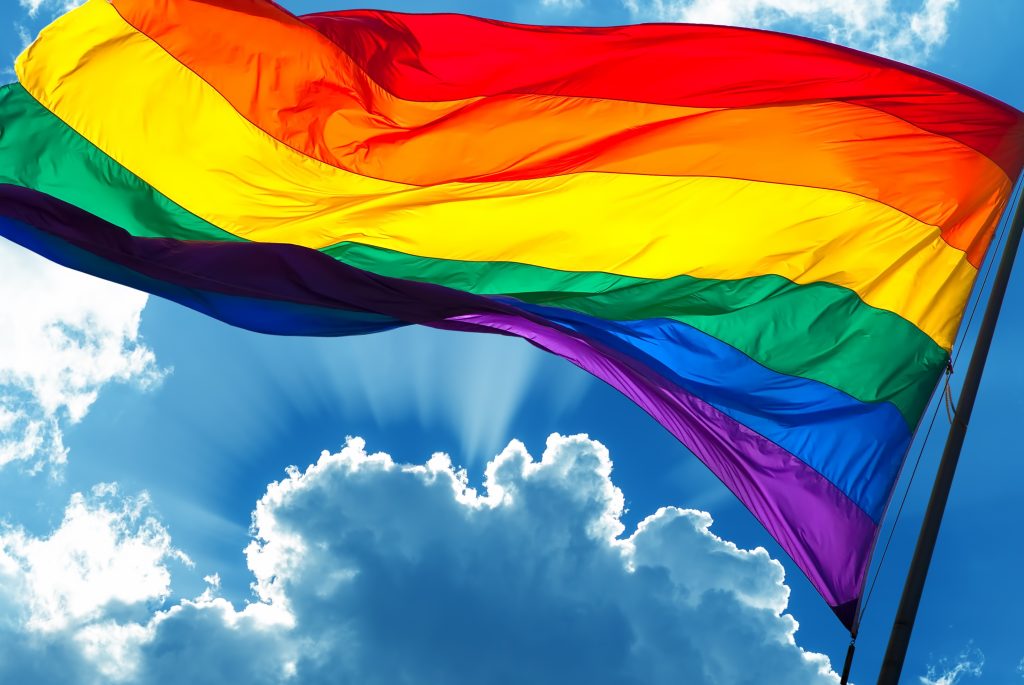June is Pride Month, when cities across the US show support for LGBTQIA rights, culture, and communities. In the late 1970s, NCTE began to chart a path forward by insisting that as an organization we had to have a more substantive focus and concentrated attention on inclusion. Read more about our Legacy of Pride here.
More than 10 years ago, NCTE created a Resolution on Strengthening Teacher Knowledge of Lesbian, Gay, Bisexual, and Transgender (LGBT) Issues at the Annual Convention in New York.
The NCTE Guideline, “Diverse Gender Expression and Gender Non-Conformity Curriculum in English Grades 7–12” was developed by the members of the Gender and Literacy Assembly of NCTE (formerly known as the Women in Literacy and Life Assembly [WILLA] of NCTE). By learning to read through a gendered lens and by posing challenges to the gender binary, students become consciously aware of gendered constructions of identity and their role as both consumers and possible producers of meaning.
In her blog post, NCTE member Mollie Blackburn shares about “Using Literature to Advocate for Queer Kids and Their (Potential) Allies.”
In “Doing What You Can: Considering Ways to Address LGBT Topics in Language Arts Curricula” from Language Arts, the authors highlight how classroom teachers might make use of multiple approaches to addressing lesbian, gay, bisexual, transgender (LGBT) topics in their variously situated classrooms.
Motivate your middle school reader with books that include LGBTQ characters from this activity from ReadWriteThink.org.
“Finding Just the Right Story: Motivating Readers with Middle Level LGBTQ-Themed Literature,” a Voices from the Middle column, examines why these texts should include LGBTQ characters and themes and how the presence of middle level LGBTQ-themed literature in classrooms and libraries benefits all students.
Tune in to this podcast episode from ReadWriteThink.org to hear about the many ways in which contemporary authors are including gay, lesbian, and transgender characters in their novels for teens, and listen for recommendations of new titles on these topics.
sj Miller, author of the English Journal article “A Queer Literacy Framework Promoting (A)Gender and (A)Sexuality Self-Determination and Justice,” advocates for a queer literacy framework to facilitate a new reading and legitimacy of (a)gender and (a)sexuality in the self and others. Learn even more in this LGBTQ + Identity Toolkit for Educators also created by sj Miller.
In English Leadership Quarterly, the authors of “Five Tenets to Create a Strong Social and Emotional Base for Your Classroom” share a list of primary goals for educators to use in creating classrooms where students feel accepted for who they are and can focus on learning. Though these tenets arose from a discussion about LGBTQ issues specifically, it is clear that they are universally applicable.
By understanding how students read novels about the Other before class discussion, instructors can adapt lectures and lessons that will lead students toward becoming more astute readers as described in “Heterosexual Readers in Search of Queer Authenticity through Self-Selected LGBT Novels” from Teaching English in the Two-Year College.
Through a review of syllabi of LGBT literature courses and interviews with their instructors, “LGBT Literature Courses and Questions of Canonicity” from College English investigates the rationales behind primary text selection and how texts and course objectives inform one another in the absence of a generally established set of readings. Through such an investigation, questions of canonization emerge, thus shedding a broader light on strategies behind successful means of reading, teaching, and assessing in a course with a generally self-selected group of students.
We hope these resources help to support the teaching for a safe and just world.

